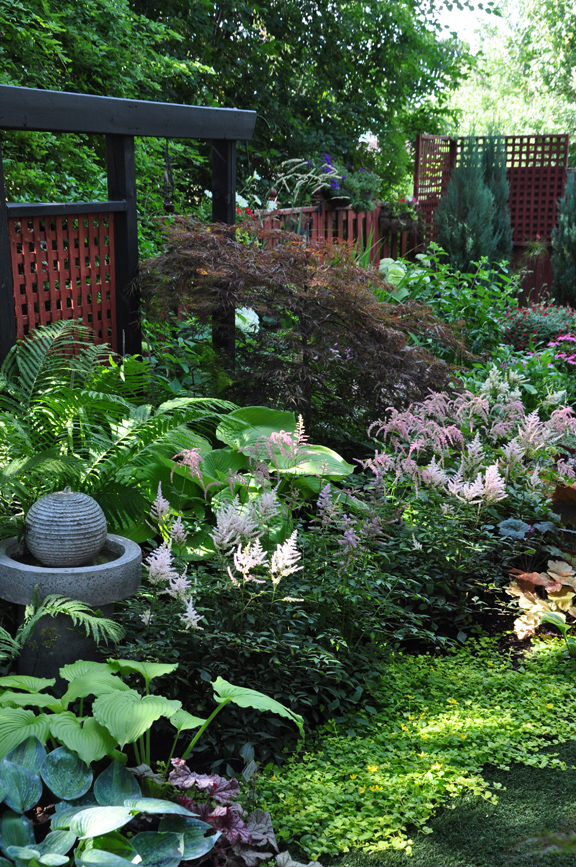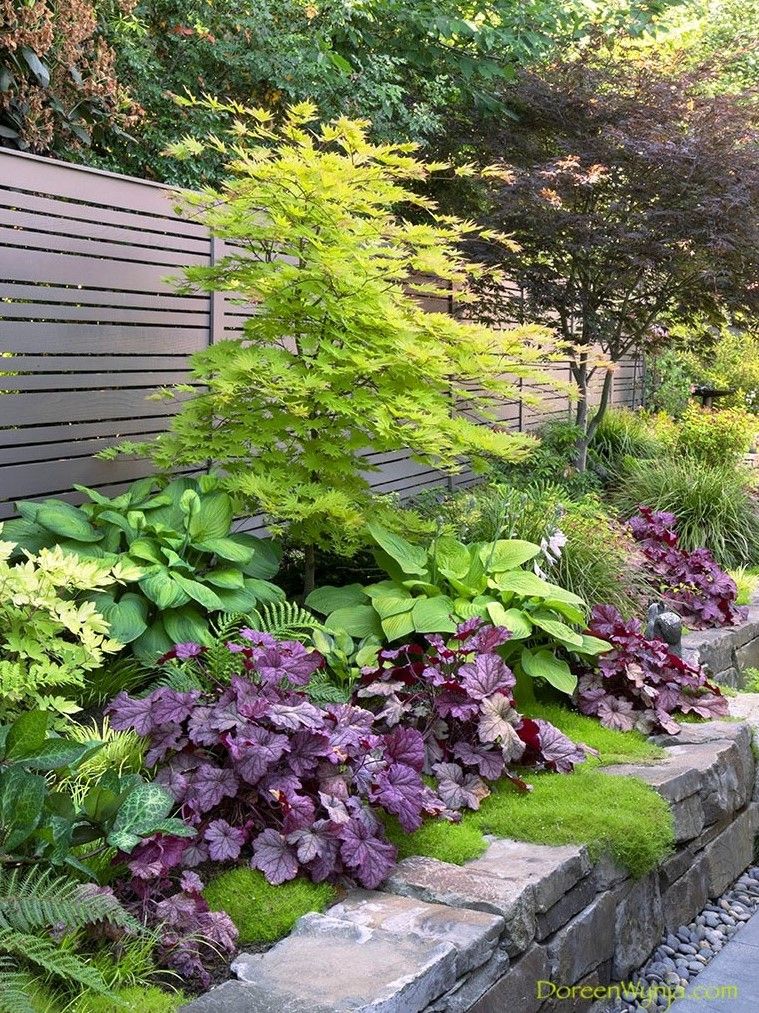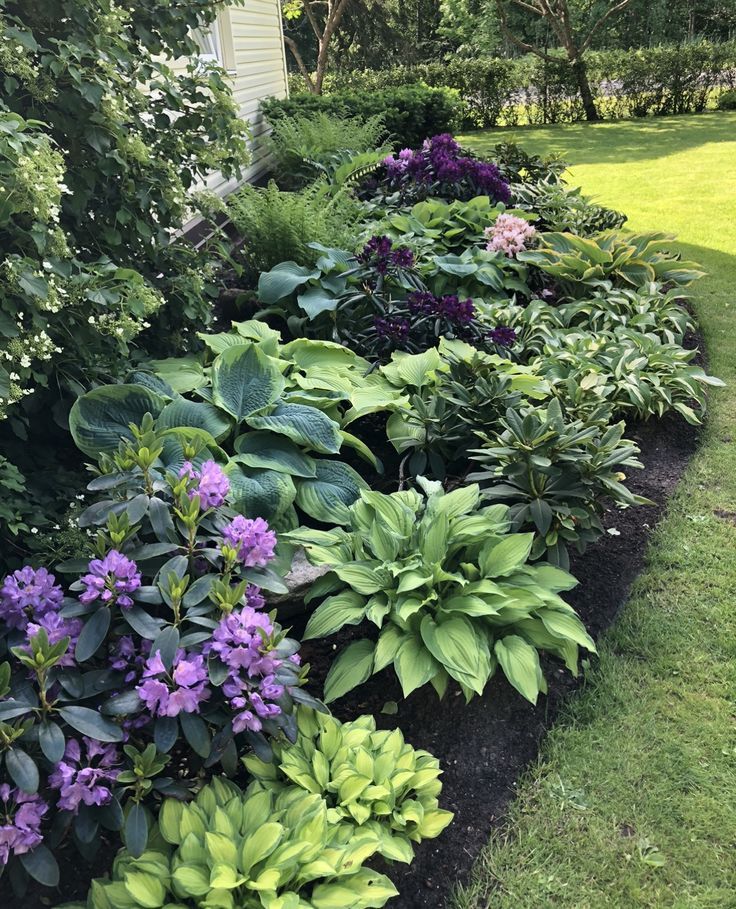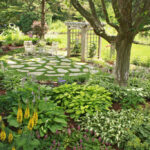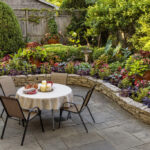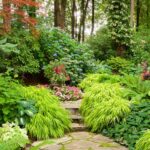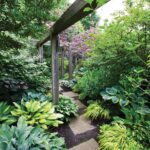Shade gardens can be a wonderful addition to any outdoor space, providing a calming and cool retreat on hot summer days. Designing a shade garden requires careful consideration of the types of plants that thrive in low-light conditions, as well as the layout and structure of the space. By following these tips, you can create a beautiful and functional shade garden that will bring joy and tranquility to your backyard.
One of the key elements of shade garden design is selecting the right plants for the space. Many shade-loving plants thrive in low-light conditions and can add color, texture, and interest to your garden. Some popular choices for shade gardens include hostas, ferns, astilbes, and heucheras. These plants come in a variety of sizes, shapes, and colors, allowing you to create a diverse and visually appealing landscape.
When planning your shade garden, consider the layout and structure of the space. Create different levels of planting beds to add dimension and interest to the garden. Use pathways, rocks, or other hardscaping elements to define different areas and create a sense of flow and movement. Incorporating a variety of textures and shapes will help create a visually appealing garden that is a pleasure to explore.
Incorporating foliage plants with different leaf shapes and sizes can also add visual interest to a shade garden. Mix plants with large, bold leaves with those that have delicate, lacy foliage to create a diverse and textured landscape. Incorporating plants with variegated leaves can also add a pop of color and brightness to a shady garden.
In addition to selecting the right plants and creating a well-designed layout, it’s important to consider the care and maintenance of your shade garden. Make sure to water plants regularly, as many shade-loving plants have shallow roots and can dry out quickly. Mulching around plants can help retain moisture and prevent weeds from taking over. Regularly deadheading flowers and removing any damaged or diseased foliage will help keep your shade garden looking its best.
With careful planning and thoughtful consideration of plant selection, layout, and maintenance, you can create a stunning shade garden that will provide beauty and tranquility for years to come. Whether you have a small shady nook or a large wooded area, a shade garden can be a delightful addition to your outdoor space. So roll up your sleeves, grab your gardening tools, and start creating your own shady oasis.
 yishifashion Where Outdoor Dreams Become Reality
yishifashion Where Outdoor Dreams Become Reality
